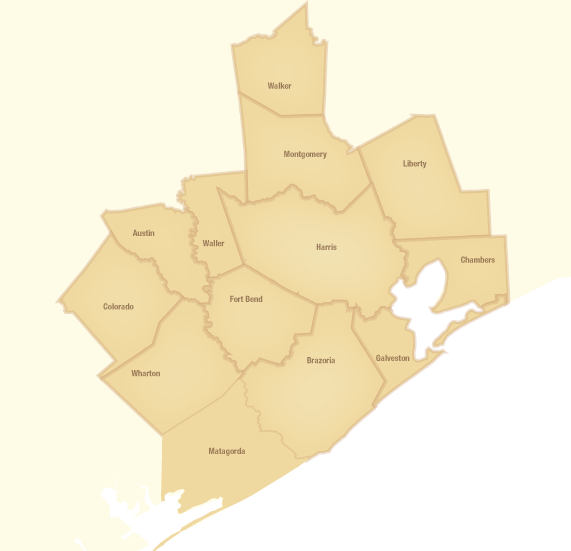Developing Our Great Region 2040
Our Great Region 2040 was developed based on an extensive public and stakeholder-driven process. The general public, local government officials, and committees comprised of local, community, and business leaders were actively engaged throughout the entire process.
Who Developed Our Great Region 2040?
Coordinating Committee
24 partner organizations provided oversight and drafted goals, metrics, and implementation strategies.
more details
Regional Workgroups
More than 200 subject matter experts and representatives from different geographic areas provided a reality check on the differing needs of our region's communities.
more details
The Public
The public was continuously engaged throughout the process of developing this plan through public meetings and other events, including an online survey and ideas forum. Input from the public shaped Our Great Region 2040, including the goals and strategies.
more details
Government Advisory Committee
Elected officials provided feedback about needs and desires of our region's communities.
Local Leaders
Local community, business, and government leaders, as well as local and regional advisory groups, reviewed and refined draft strategies.
Project Area

Houston and the surrounding 13-county Texas Gulf Coast Planning Region are made up of a variety of communities, including coastal, rural, suburban, and urban areas. Participants from all these areas helped ensure the strategies and recommendations in Our Great Region 2040 can be tailored to the unique needs of each of these areas
Major Steps in the Planning Process - Timeline
-
February 2014
Our Great Region 2040 Released
Final Our Great Region 2040 is released. Partners and community leaders begin seeking support and considering implementation activities.
-
Fall 2013
Review and Comment
The public provided comment on the draft plan online and at open house events.
-
Spring - Summer 2013
Priority Strategies
Local leaders and advisory groups met in strategy sessions to weigh in on the draft strategies and to identify priorities.
-
Spring 2013
Voluntary Strategies
The Coordinating Committee and workgroups used H-GAC's analysis of the Think 2040 survey responses to draft voluntary strategies considered for inclusion in Our Great Region 2040.
-
Winter 2012 - Spring 2013
Regional Equity Report
PolicyLink and the Program for Environmental and Regional Equity worked with the Coordinating Committee to evaluate conditions and make recommendations to improve equity in our region.
-
Winter 2012 - Spring 2013
Case Studies
H-GAC and partners conducted six case studies to demonstrate ways the goals and strategies can be applied to issues at the local level.
-
Fall 2012 - Spring 2013
Fair Housing Equity Assessment
The Fair Housing Equity Workgroup developed the Fair Housing Equity Assessment which examines linkages between housing, socioeconomic, and demographic factors across our region's rural, suburban, and urban communities.
-
Fall 2012
Alternative Futures Survey
More than 8,800 residents responded to the Think 2040 survey, which gauged public attitudes about the tradeoffs associated with the alternative futures.
-
Fall 2012
Alternative Futures
The Coordinating Committee developed four alternative futures - "Current Course," a baseline alternative; "Less Time on the Road"; "Greener Region"; and "Competitive Workforce."
-
Fall - Winter 2012
Existing Conditions
H-GAC published an Existing Conditions Report highlighting baseline conditions in our region, including opportunities and challenges pertaining to the plan's topic areas.
-
Summer - Fall 2012
Objectives and Metrics
Workgroups developed and prioritized objectives and metrics to measure the progress toward achieving the plan’s goals.
-
Spring 2012
Vision and Goals
The Coordinating Committee drafted goals under the framework of People, Places, and Prosperity. The public offered comments on the draft goals.
-
Ongoing
Public Engagement
The public was continuously engaged throughout the process of developing the plan, through public meetings and other events.
-
Fall 2011
Grant Announcement
The 13-county region received the grant award from the Partnership for Sustainable Communities to undergo the planning process.

